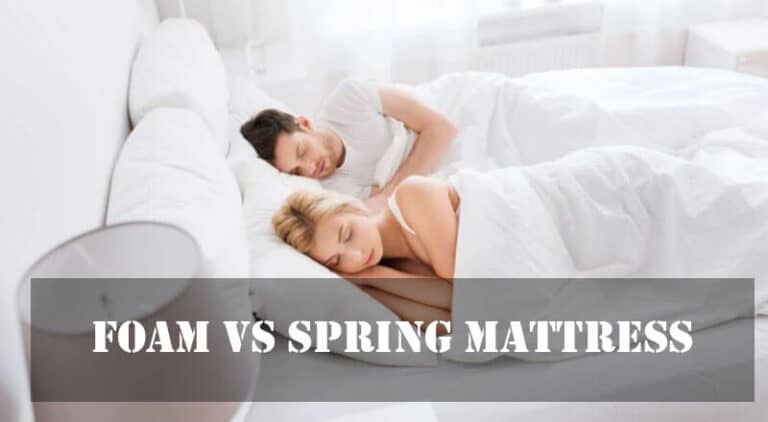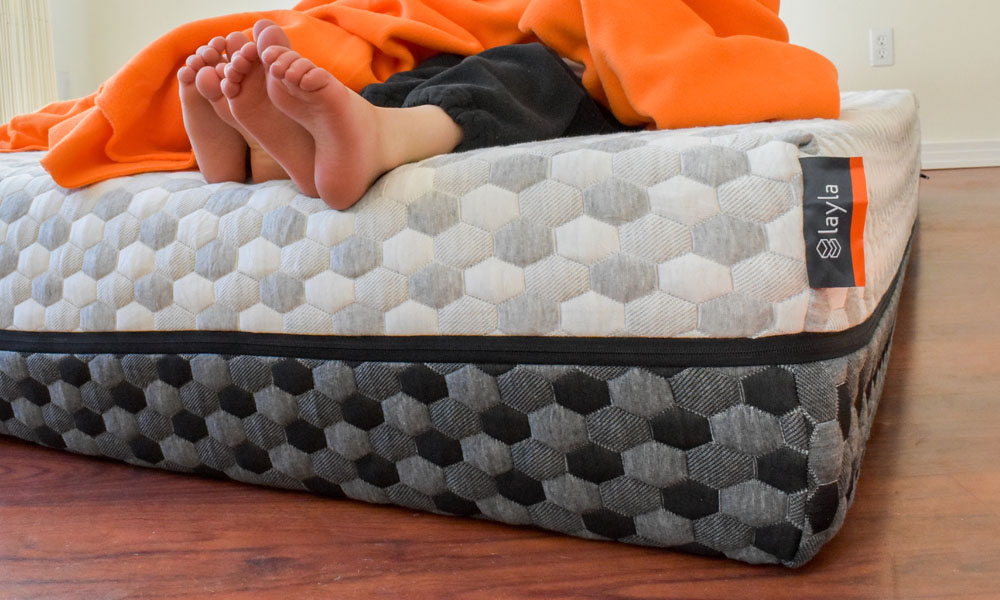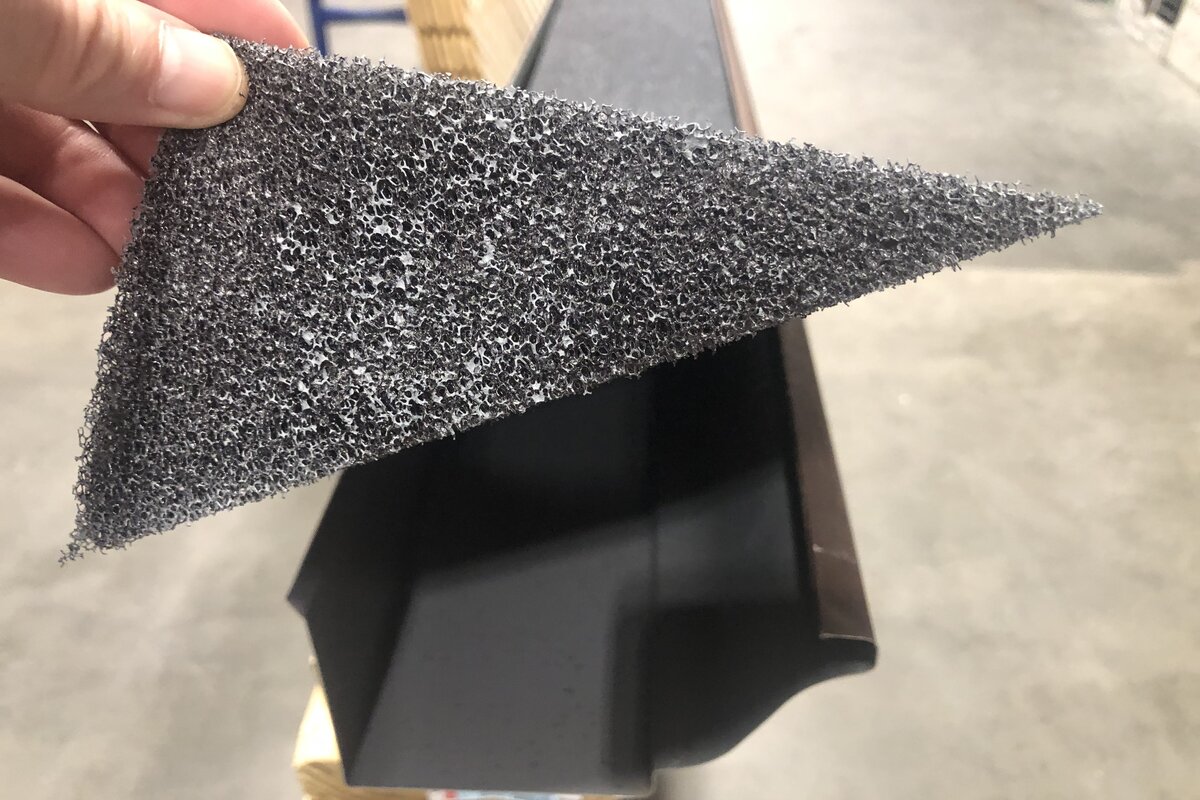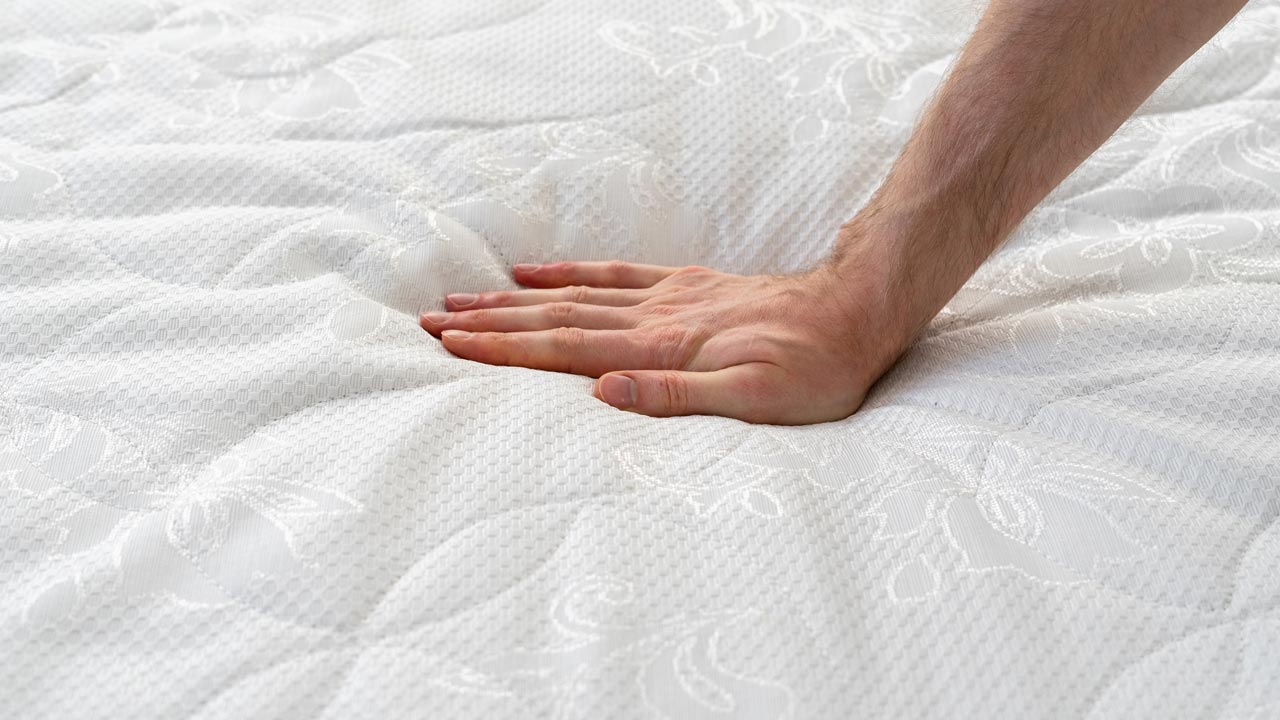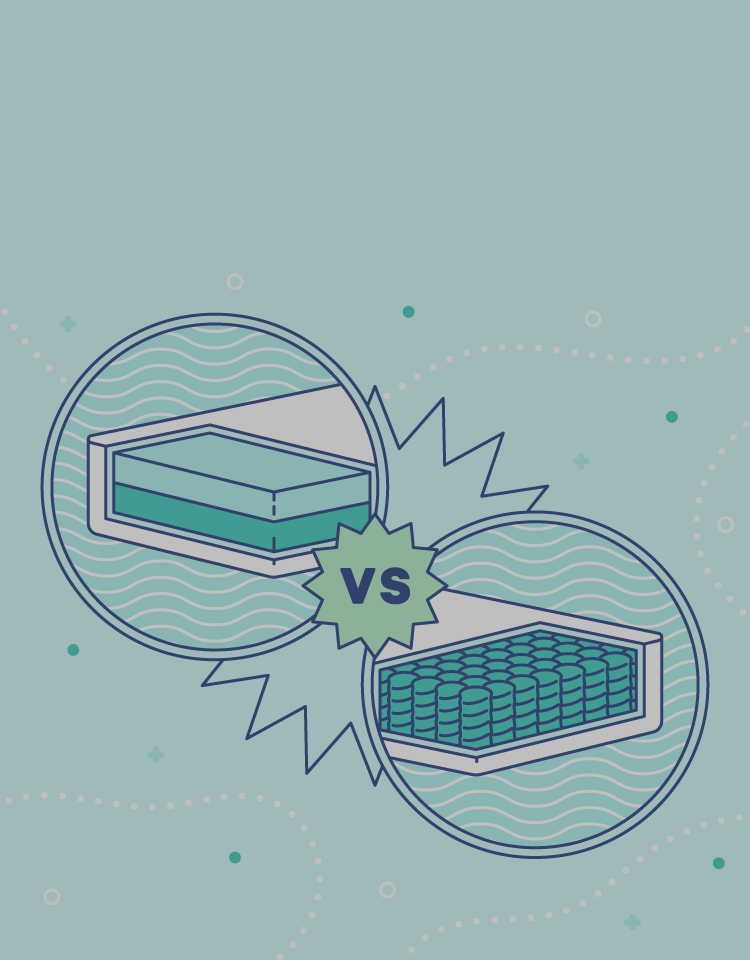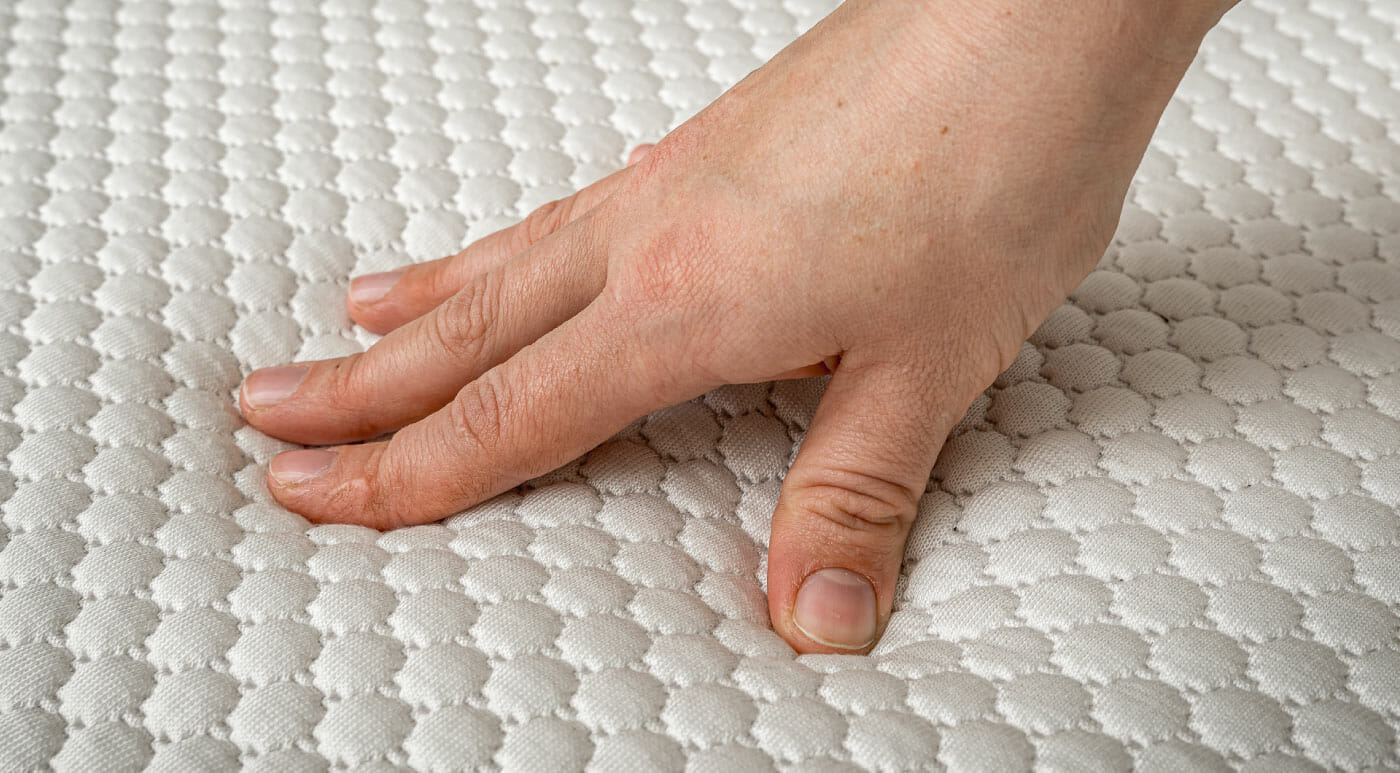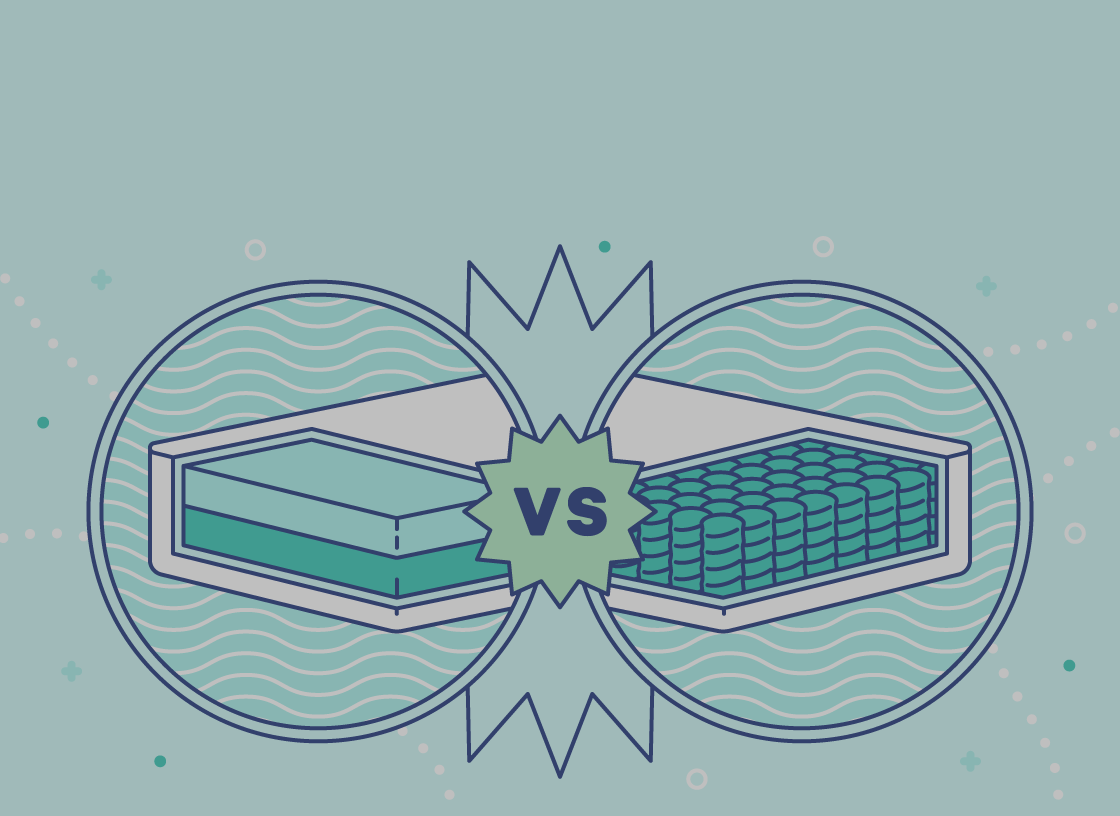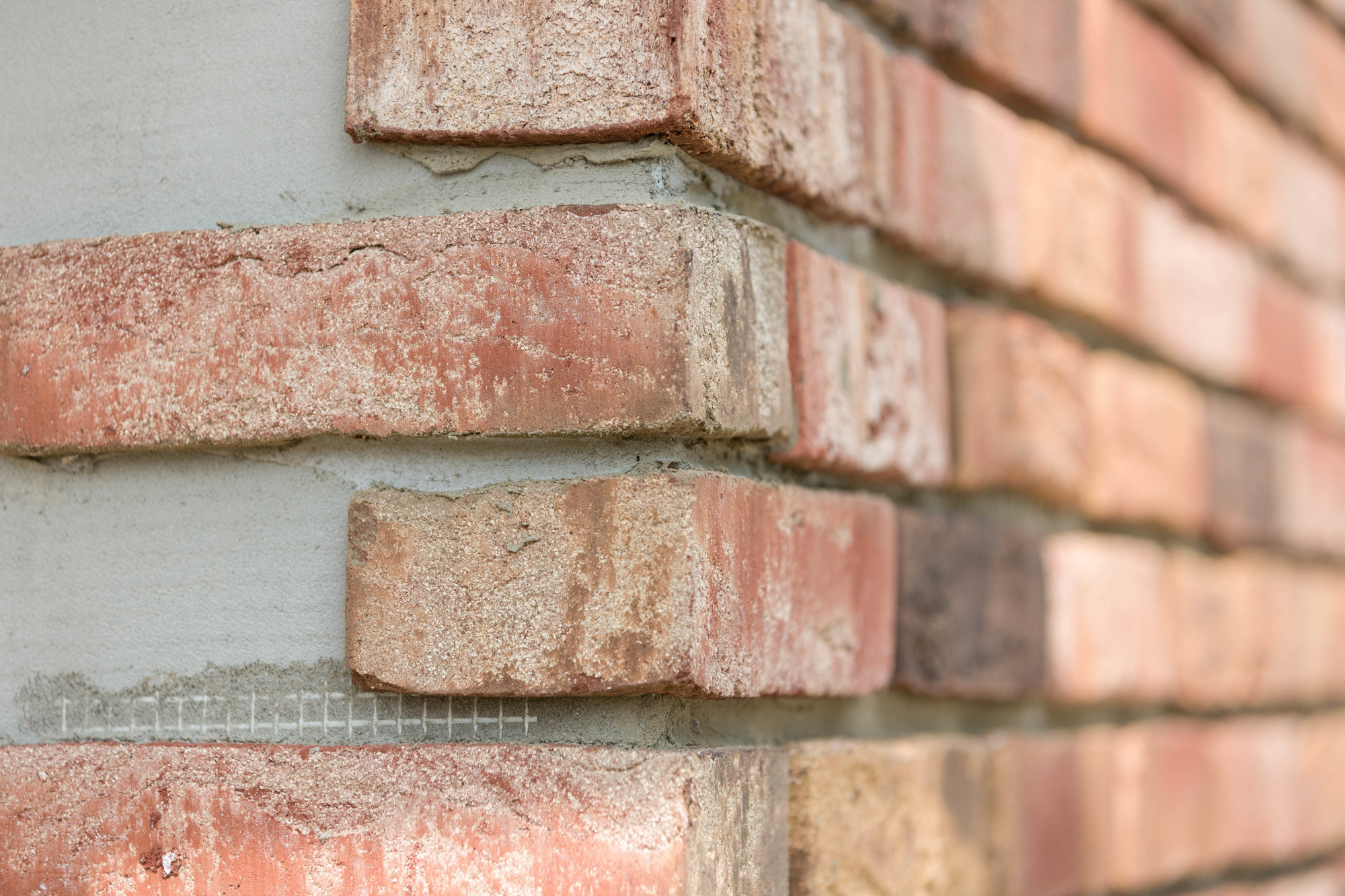Choosing the right mattress for your child can be a daunting task. With so many options on the market, it's hard to know which one will best suit your child's needs. Two popular choices for children's mattresses are foam and spring mattresses. Each one has its own unique benefits and drawbacks, making it important to consider your child's specific needs before making a decision. In this article, we will compare and contrast foam and spring mattresses for children to help you determine which one is right for your little one.Foam vs Spring Mattress for Child: Which is Better?
When it comes to foam mattresses, one of the biggest advantages is their ability to conform to your child's body, providing personalized support and comfort. This can be especially beneficial for children with back or joint pain. Foam mattresses also tend to be more affordable and lightweight, making them easier to move and transport. On the other hand, spring mattresses offer a more traditional feel and can provide better airflow, keeping your child cool and comfortable throughout the night. They also tend to be more durable and long-lasting compared to foam mattresses. However, they may be more expensive and heavier, which can make changing sheets or moving the mattress more difficult.The Pros and Cons of Foam and Spring Mattresses for Children
When it comes to choosing between a foam or spring mattress for your child, it ultimately depends on their individual needs and preferences. If your child has any specific health concerns, it's best to consult with a doctor or physical therapist to determine which type of mattress would be most beneficial. It's also important to consider your child's age and weight, as well as their sleeping habits and comfort preferences.Choosing the Right Mattress for Your Child: Foam vs Spring
Both foam and spring mattresses are generally safe for children, but there are some factors to consider. Foam mattresses are typically made with synthetic materials, which can emit off-gassing chemicals that may be harmful to your child's health. However, many foam mattresses are now made with eco-friendly materials and are CertiPUR-US certified, ensuring they are free from harmful chemicals. Spring mattresses, on the other hand, may have more potential for injury due to the coils and springs inside. If your child is an active sleeper, they may be more prone to getting their fingers or limbs caught in the springs. It's important to regularly check and maintain the mattress to ensure there are no broken or protruding springs that could potentially harm your child.Foam vs Spring Mattresses: Which is Safer for Children?
Aside from the obvious material differences, foam and spring mattresses also differ in terms of motion transfer and noise. Foam mattresses tend to absorb more motion, making them a good choice for children who tend to move around a lot in their sleep. They also tend to be quieter compared to spring mattresses, which can squeak and creak with movement. Spring mattresses, on the other hand, may be better for children who prefer a bouncier and more responsive surface. They also tend to provide better edge support, making it easier for your child to get in and out of bed without feeling like they will roll off the edge.The Differences Between Foam and Spring Mattresses for Children
In terms of durability, spring mattresses typically have a longer lifespan compared to foam mattresses. This is due to the construction of the coils and springs, which can withstand more weight and pressure over time. However, foam mattresses can also be durable if they are made with high-quality materials and are properly cared for.Foam vs Spring Mattresses: Which is More Durable for Children?
Both foam and spring mattresses have their own unique benefits for children. Foam mattresses provide personalized support and comfort, while spring mattresses offer a more traditional feel and better airflow. Ultimately, the right choice will depend on your child's specific needs and preferences. However, both types of mattresses can provide a good night's sleep for your child, which is essential for their growth and development. And as they grow and their needs change, you can always switch to a different type of mattress if necessary.The Benefits of Foam and Spring Mattresses for Children
When it comes to comfort, it's subjective and can vary from child to child. Some children may find foam mattresses to be too soft or too firm, while others may prefer the bouncier surface of a spring mattress. It's important to consider your child's individual preferences and needs when making a decision. Additionally, it may be helpful to test out different mattresses with your child before making a purchase. This will give them a chance to determine which type of mattress feels the most comfortable for them.Foam vs Spring Mattresses: Which is More Comfortable for Children?
If you're still unsure about which type of mattress to choose for your child, here are some key factors to consider:How to Decide Between a Foam or Spring Mattress for Your Child
As a child grows and develops, their body's needs will change. This also applies to their sleeping habits and preferences. Therefore, it's important to choose a mattress that can accommodate their changing needs and provide the necessary support for their growing bodies. Both foam and spring mattresses can be suitable for a child's growing body, as long as they are of high quality and provide the necessary support. It's also important to regularly check and replace the mattress if it begins to show signs of wear and tear. Overall, both foam and spring mattresses have their own unique benefits and drawbacks for children. It's important to consider your child's individual needs and preferences when making a decision. With the right mattress, your child can get the quality sleep they need to grow and thrive.Foam vs Spring Mattresses: Which is Better for a Child's Growing Body?
The Benefits of a Foam Mattress for Children

A comfortable and supportive sleep surface
 When it comes to choosing a mattress for your child, comfort and support are key factors to consider. Foam mattresses are known for being able to contour to the body, providing a supportive and comfortable sleep surface for children. The foam conforms to the child's body, distributing their weight evenly and reducing pressure points. This can help promote better sleep and prevent aches and pains in the morning.
When it comes to choosing a mattress for your child, comfort and support are key factors to consider. Foam mattresses are known for being able to contour to the body, providing a supportive and comfortable sleep surface for children. The foam conforms to the child's body, distributing their weight evenly and reducing pressure points. This can help promote better sleep and prevent aches and pains in the morning.
Hypoallergenic and dust mite resistant
 Children are more susceptible to allergies and respiratory issues, making it important to choose a mattress that is hypoallergenic and resistant to dust mites. Foam mattresses are made from materials that are naturally hypoallergenic and inhospitable to dust mites, creating a healthier sleeping environment for your child. This can be especially beneficial for children who suffer from allergies or asthma.
Children are more susceptible to allergies and respiratory issues, making it important to choose a mattress that is hypoallergenic and resistant to dust mites. Foam mattresses are made from materials that are naturally hypoallergenic and inhospitable to dust mites, creating a healthier sleeping environment for your child. This can be especially beneficial for children who suffer from allergies or asthma.
Durable and long-lasting
 Children are known for being rough on their belongings, and a mattress is no exception. Foam mattresses are known for their durability and can withstand the wear and tear of an active child. They are less likely to sag or develop indentations, ensuring that your child will have a supportive and comfortable sleep surface for years to come.
Children are known for being rough on their belongings, and a mattress is no exception. Foam mattresses are known for their durability and can withstand the wear and tear of an active child. They are less likely to sag or develop indentations, ensuring that your child will have a supportive and comfortable sleep surface for years to come.
Easy to clean
 Accidents happen, especially when it comes to children. Foam mattresses are easy to clean, making them a practical choice for parents. Most foam mattresses come with removable and washable covers, making it easy to keep your child's sleep surface clean and fresh. This can be especially beneficial for children who are still potty training or prone to spills and accidents.
Accidents happen, especially when it comes to children. Foam mattresses are easy to clean, making them a practical choice for parents. Most foam mattresses come with removable and washable covers, making it easy to keep your child's sleep surface clean and fresh. This can be especially beneficial for children who are still potty training or prone to spills and accidents.
Budget-friendly
 Lastly, foam mattresses are a budget-friendly option for parents. They tend to be more affordable than spring mattresses, making it a practical choice for growing children who may outgrow their mattress within a few years. Foam mattresses also come in a variety of price points, making it easy to find one that fits your budget.
In conclusion,
when it comes to choosing a mattress for your child, a foam mattress has many benefits to offer. From comfort and support to being hypoallergenic and budget-friendly, a foam mattress can provide the ideal sleep surface for your child. So, make sure to consider a foam mattress when shopping for your child's next bed.
Lastly, foam mattresses are a budget-friendly option for parents. They tend to be more affordable than spring mattresses, making it a practical choice for growing children who may outgrow their mattress within a few years. Foam mattresses also come in a variety of price points, making it easy to find one that fits your budget.
In conclusion,
when it comes to choosing a mattress for your child, a foam mattress has many benefits to offer. From comfort and support to being hypoallergenic and budget-friendly, a foam mattress can provide the ideal sleep surface for your child. So, make sure to consider a foam mattress when shopping for your child's next bed.



